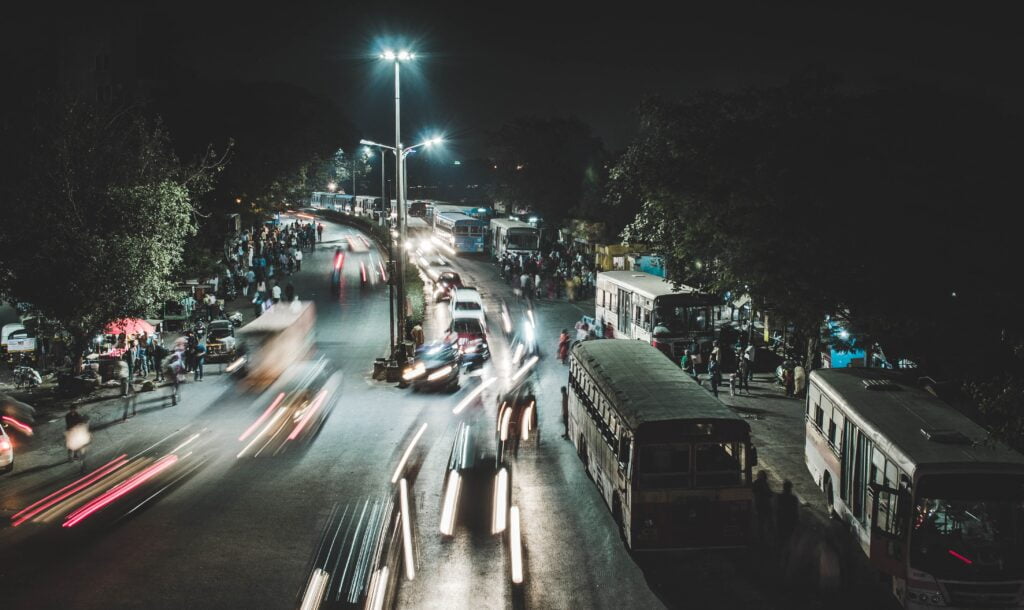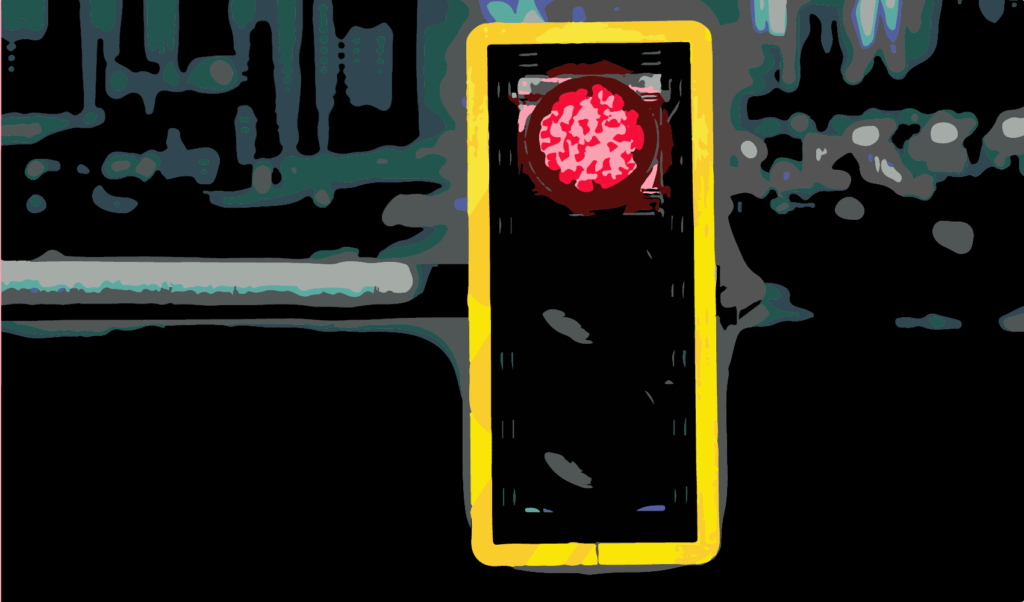The uncertainty and stress of the pandemic can trigger a part of the brain which causes reckless behaviour — with potentially fatal results on the road.
 There are basic psychological reasons why people can snap when behind the wheel. COVID has made the problem worse. : Mob Mob via Flickr (https://www.flickr.com/photos/38278420@N00/261200900) CC BY-NC-SA 2.0
There are basic psychological reasons why people can snap when behind the wheel. COVID has made the problem worse. : Mob Mob via Flickr (https://www.flickr.com/photos/38278420@N00/261200900) CC BY-NC-SA 2.0
The uncertainty and stress of the pandemic can trigger a part of the brain which causes reckless behaviour — with potentially fatal results on the road.
Picture this: you’re driving along in traffic when another car cuts you off. Suddenly you have the urge to flip the other driver the bird, drive more recklessly, speed, or just yell obscenities at the vehicles around you.
This behaviour doesn’t make sense as it is so out of character but the reality is many people would have felt these urges at some time over the past three years. There are basic physiological reasons why. It’s just that when it happens on a highway at 100 km per hour, in congestion or when a traffic light turns red, the consequences can be disastrous.
COVID-19 has exacerbated the issue. With lockdowns and uncertainty, the pandemic has been a long-term disaster cascade which has put everyone under stress, ranging from mild to severe.
When reacting to stress, the human body has an innate overriding function — to stay alive and safe. People often behave in a way that seems contrary to this but the physiological mechanisms are straightforward.
When we are overly stressed, feel threatened or sense danger, our limbic system activates in order to engage a response that will protect us. This is where ‘fight, flight or freeze’ comes from.
The part of the brain responsible for logical reasoning, good decision making, and consideration of consequences tends to disengage. The limbic system responds irrationally, emotionally, and sometimes aggressively.
Here is where the ‘rubber meets the road’. When the limbic system is highly active, people may do things that are more reckless, impulsive, even dangerous. Not for the sake of it, but because that part of the brain isn’t designed to consider the consequences of our actions.
As many people have probably experienced, the physiological directive caused by the limbic system in a highly active state can cause problems in our day-to-day encounters and choices. Think of an incident when you have responded emotionally or uncharacteristically then asked yourself later ‘why did I do that’ or ‘where did that come from’?
The same physiological challenges take place on the road, but under driving conditions we may also be in a position to take risks that have life-or-death consequences.
This has the potential for the perfect combination of circumstances that lead to road rage, reckless driving and impaired driving. With the limbic system in full flight, it may be more difficult to slow down and consider alternatives.
One of the other neurological complications of recovery from stress is an intense desire to feel good again.
During COVID, people were limited in so many ways to socialise and have a good time that now, when an opportunity arises, many seize it with both hands with little regard for the consequences. We are motivated by our neurochemistry to feel good, to seek out pleasurable experiences and find a rush from taking chances and risks.
There is another factor which puts many younger, inexperienced drivers at risk. The logical, consequence-oriented part of the brain (the prefrontal cortex) does not reach full development until humans are in their early 20s.
Globally, road injuries are the leading cause of death for people aged 5-29. About three quarters (73 percent) of all road traffic deaths occur among young males under 25 years who are almost three times as likely to be killed in a road traffic crash as young females.
As a colleague who works at a hospital emergency department in Seattle said over the US summer “the kids have gone outside and lost their minds”, referring to the increase in horrific car accidents and injuries she was seeing.
These physiological experiences and challenges are the norm as part of the incredibly complex disaster cascade recovery process.
Still, there are solutions. Disaster science has much to say about positive long-term recovery outcomes and resilience. What it takes is being aware of the risks associated with limbic responses. ‘Practising the pause’ before responding to others — before hitting ‘send’ on an aggressive text or email, before yelling at another driver, or before taking any unnecessary risk behind the wheel.
Giving pause gives the whole brain, not just the limbic system, a chance to engage and make rational decisions. When on the road this awareness might increase the chances of being less aggressive or impulsive and lessen the chances of disaster.
Dr Kira Mauseth is a practising clinical psychologist who teaches at Seattle University and serves as a co-lead for the Behavioral Health Strike Team for the Washington State Department of Health. She also owns Astrum Health, and consults on disaster preparedness and resilience building. Her work and research focus on disaster behavioural health, resilience, and recovery from trauma as well as small and large-scale critical incident response.
Originally published under Creative Commons by 360info™.
Editors Note: In the story “On the road after COVID” sent at: 05/12/2022 09:52.
This is a corrected repeat.











